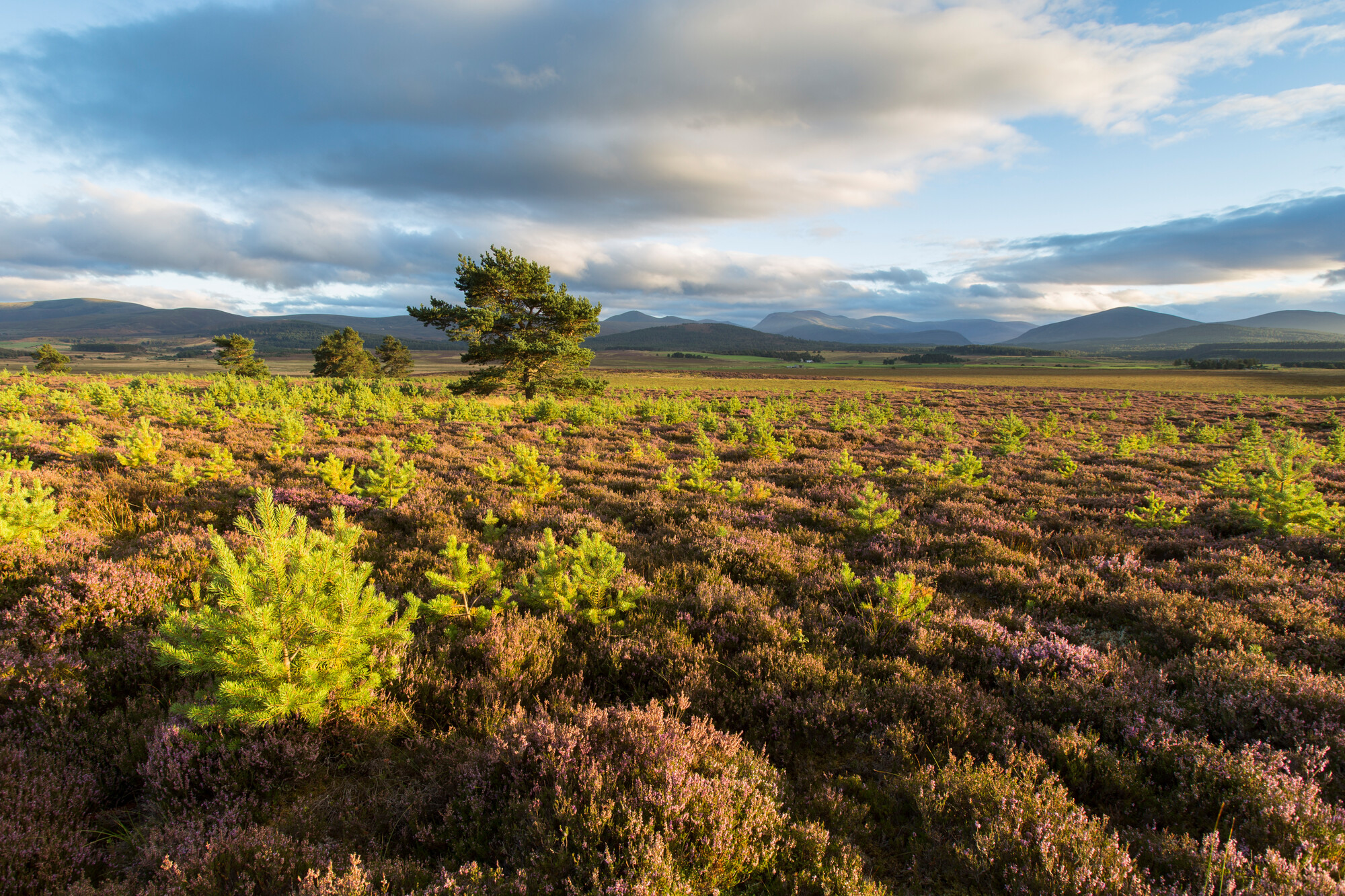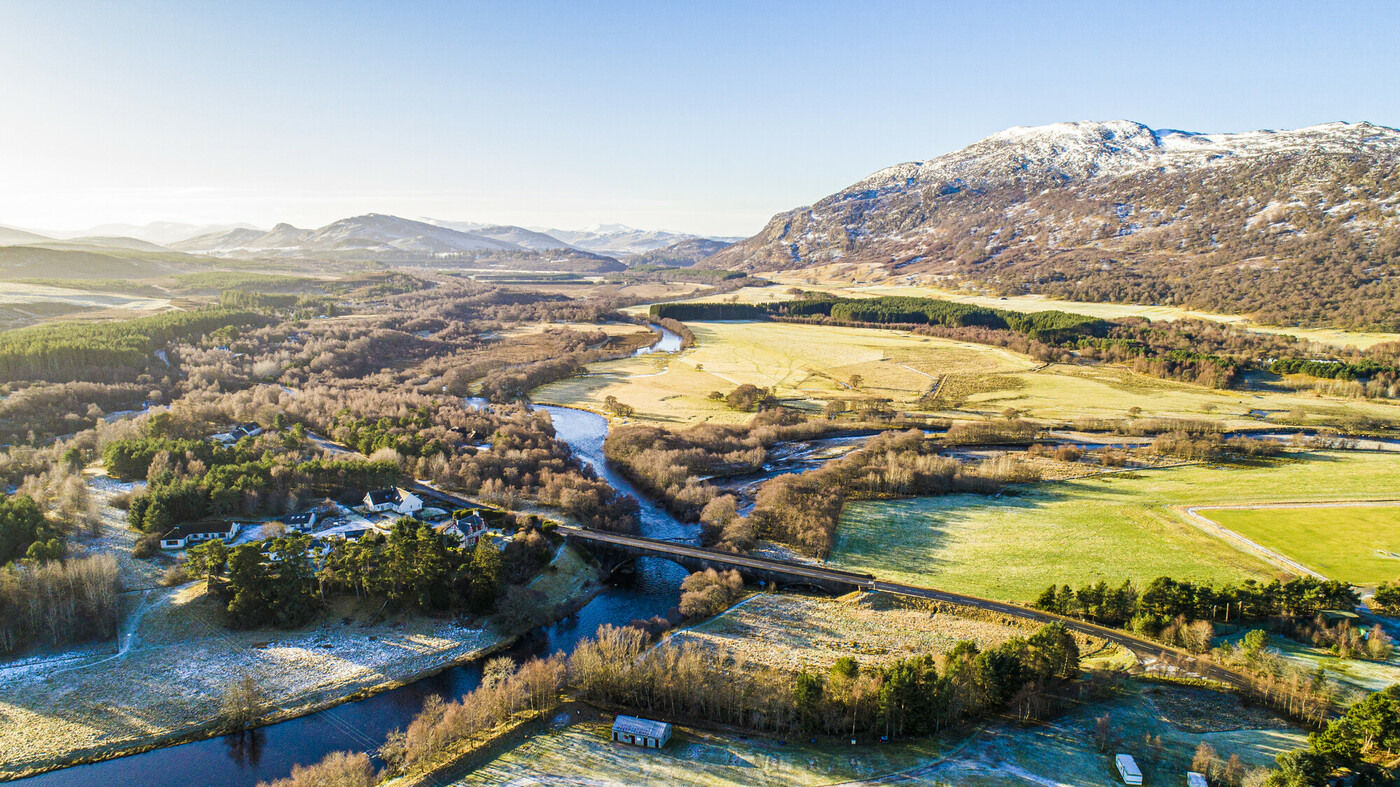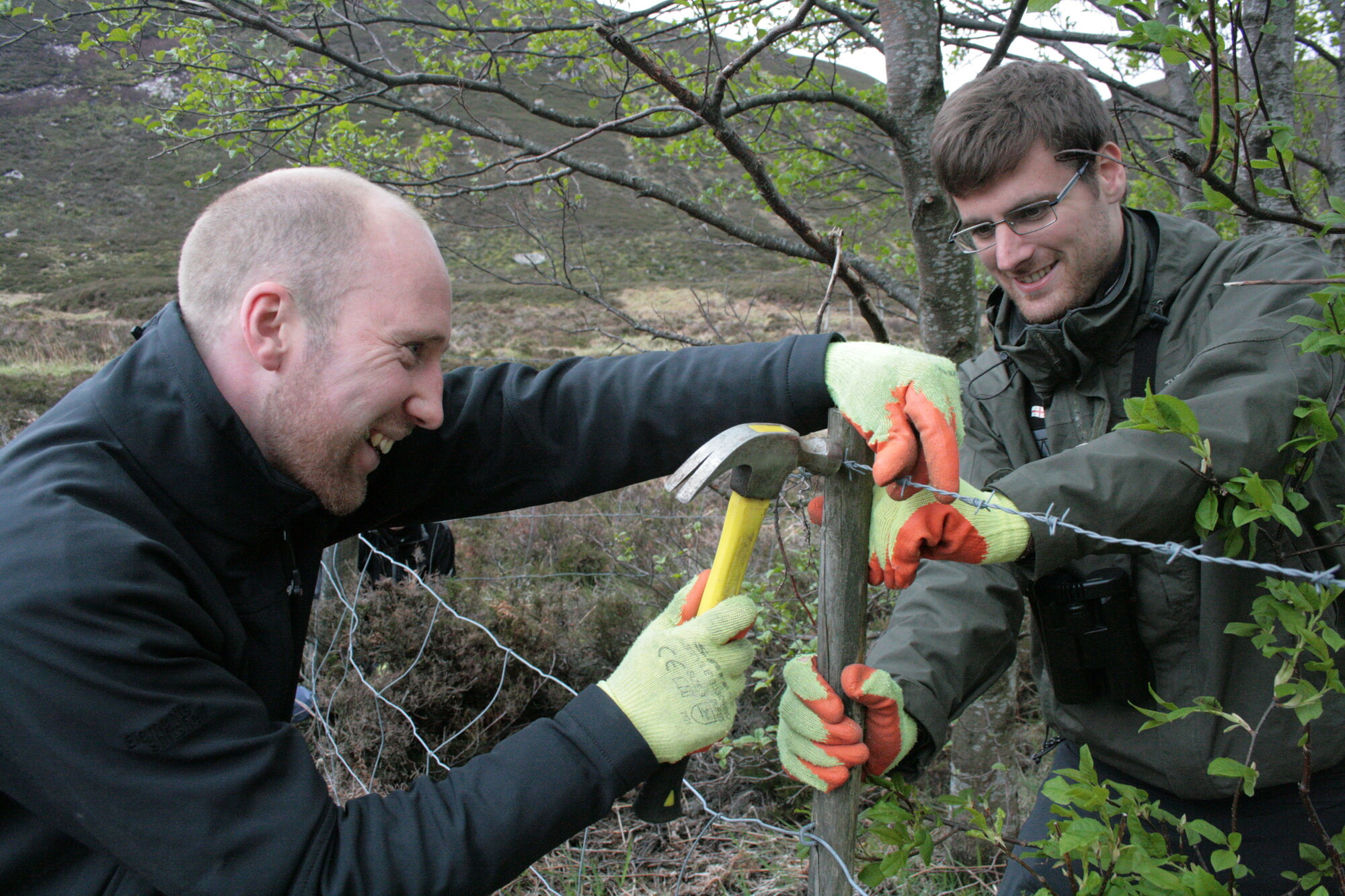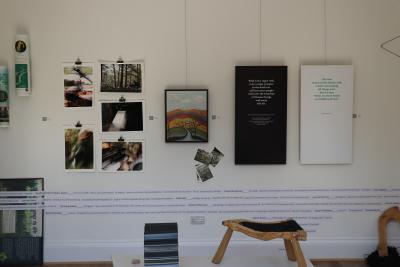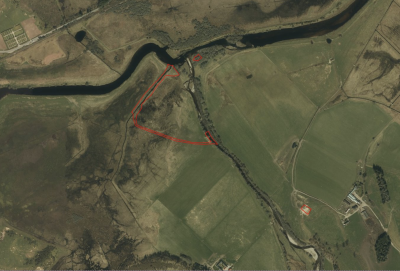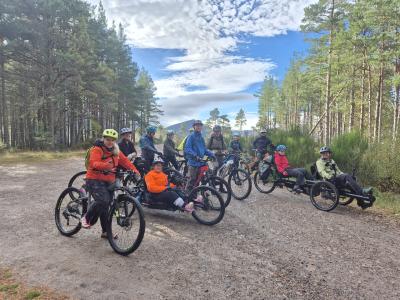In conversation with Dr Annabel Everard
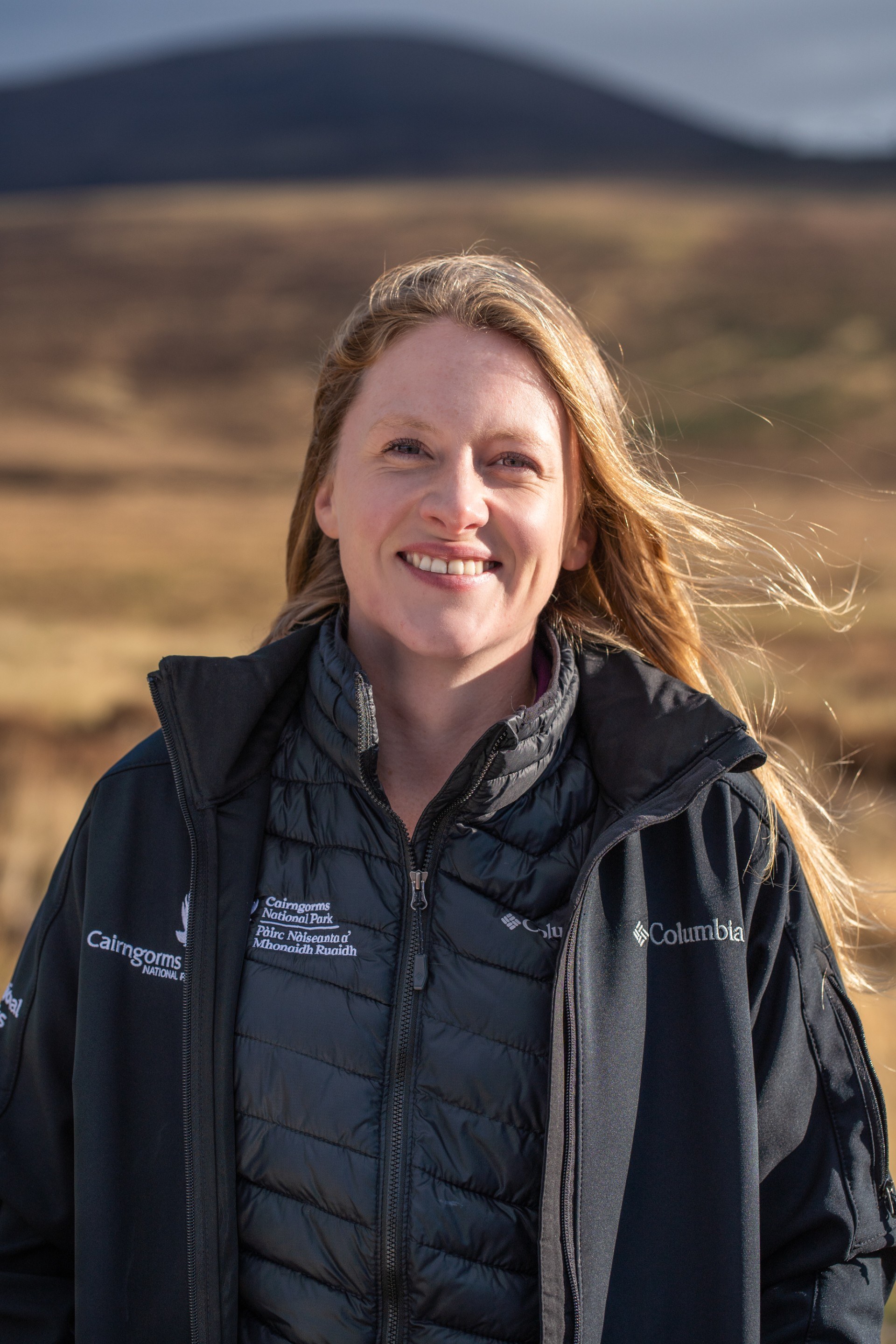
What’s your role at the Park Authority?
I joined the Peatland Team at the Cairngorms National Park Authority in May this year as the Peatland Science and Monitoring Officer and my role is to develop and implement our first Peatland Monitoring Strategy. This involves monitoring the peatlands and looking at the science behind our projects, to help us understand more about the techniques we use and how they are working.
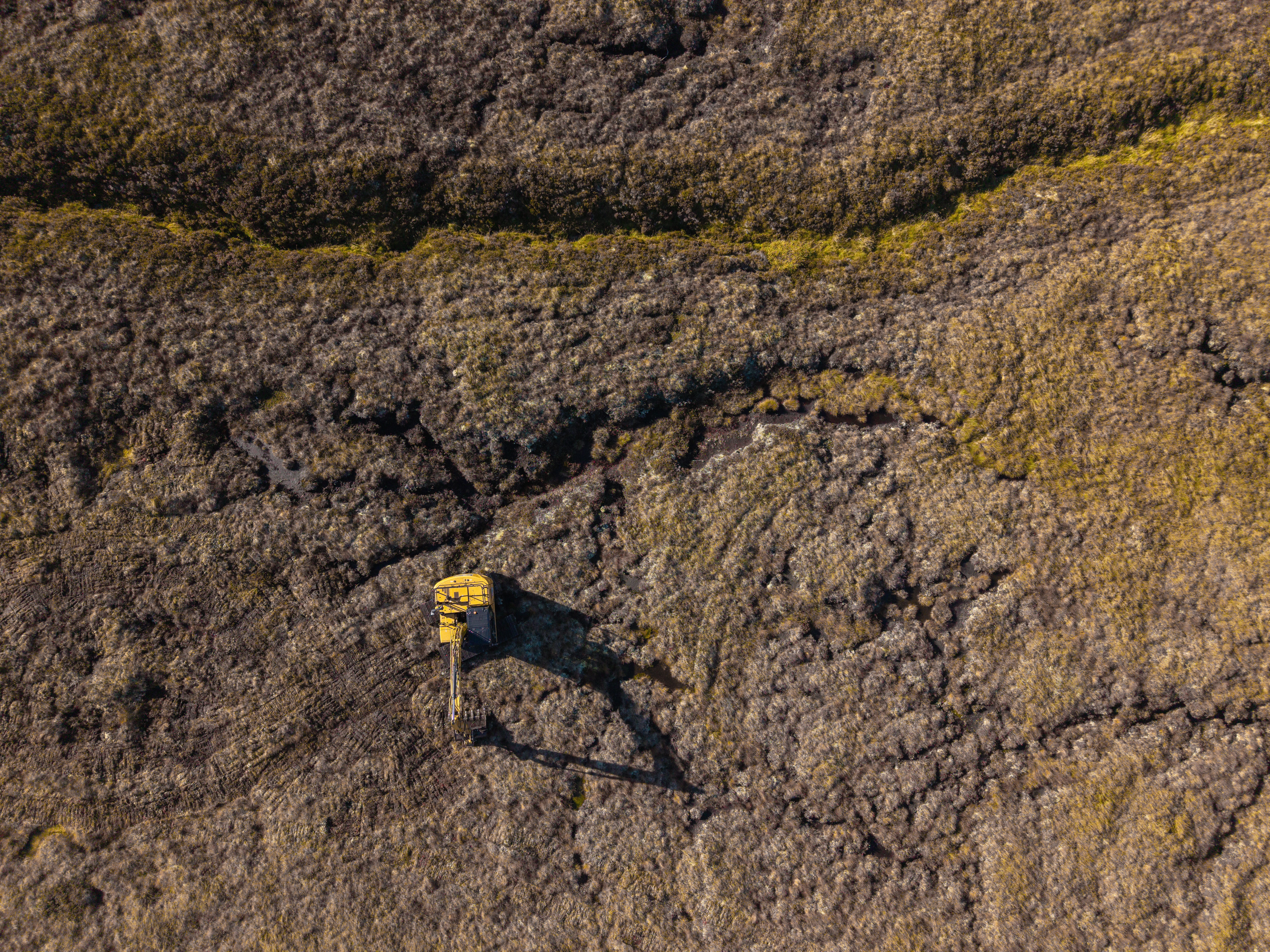
How did you end up with this job?
I have always had a passion for the outdoors and growing up in Deeside I was fortunate to have hills and woodlands to explore on my doorstep. My connection to nature has shaped who I am – both professionally and personally. As an ecologist and researcher, I’ve always gravitated towards environments where I can put my skills to work in restoring and protecting natural ecosystems.
My work has spanned many projects, from botanical surveying to investigating how best to regenerate native woodlands, guiding the restoration of ancient Scottish oakwoods and temperate rainforest, or field surveying to test the accuracy of habitat data produced by drones and AI techniques (known as ‘ground-truthing’).
Peatlands have been sprinkled throughout my career and were an essential component to my PhD. During my PhD, I used the ability of peatlands to preserve seeds and pollen grains to reconstruct the Scottish woodland dynamics over past millennia. It’s exciting to have the opportunity to deep-dive into these habitats further with my new role.
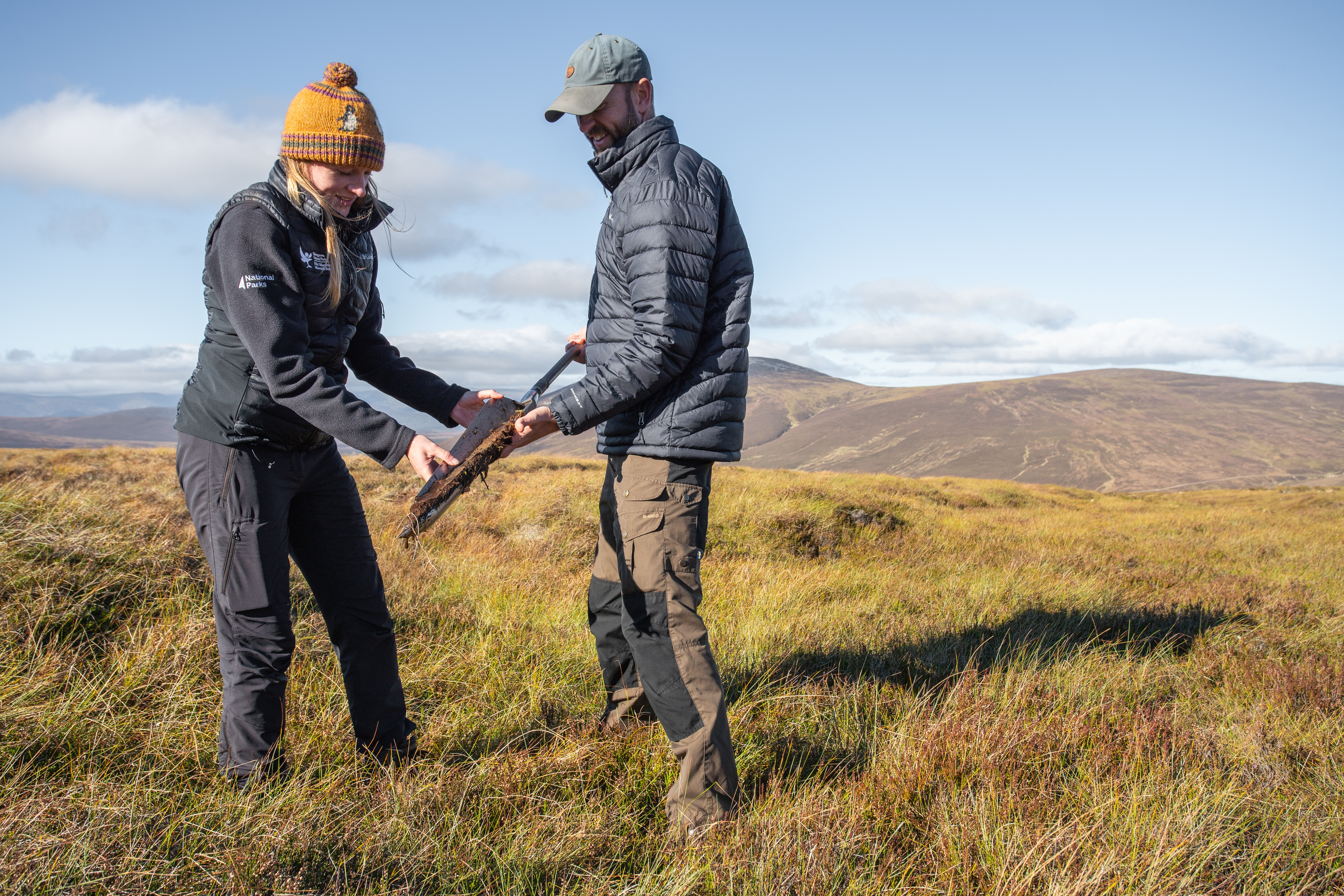
What makes you passionate about peatlands and why should folk care?
From afar a peatland may not look like a very exciting landscape, however, up-close, these are intricate and complex habitats. When they are healthy, they can support a wealth of species, some of which are rarely found elsewhere in the country.
Peatlands are fascinating in that they preserve signatures of past plants and environmental conditions, giving us a window to the past, and they also have major benefits for species biodiversity. They are a tool in our work to mitigate against climate change as they can act as carbon sinks and can help regulate water in our river catchments. Despite this, many peatlands in Scotland are degraded which leaves them vulnerable to deterioration and means these amazing benefits are lost.
What does a typical day look like in the role?
My days are quite varied. I can be out in the field looking at new vegetation establishing on bare peat, trialling new technologies, flying drones to capture site-wide restoration efforts or probing peat depth to estimate carbon stores. Alternatively, I might be liaising with landowners, researchers and Peatland ACTION collaborators, or analysing spreadsheets of data in the office.
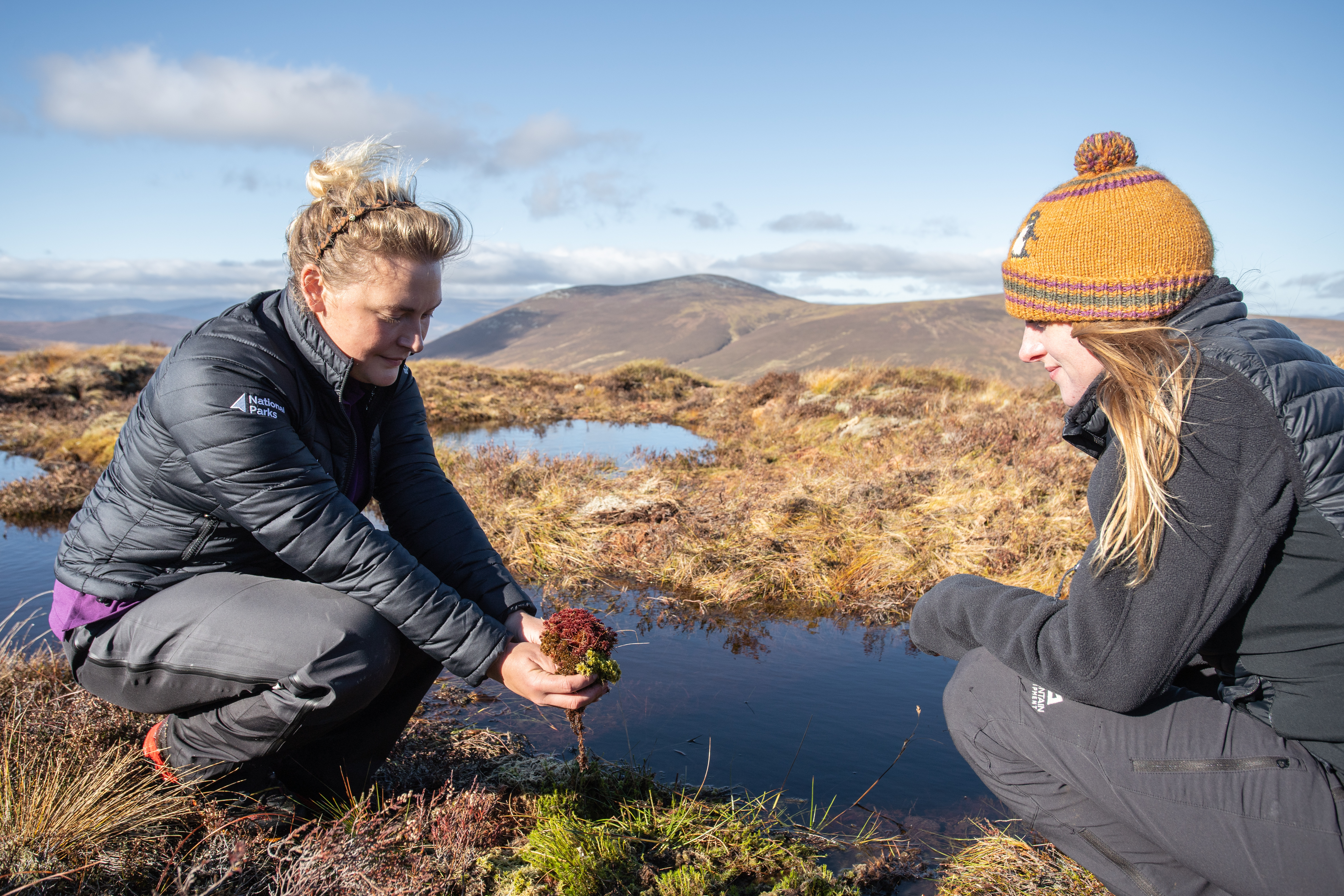
What advice would you give a young person considering a career in conservation?
Don’t be afraid to ask questions. Whilst people in conservation are often busy – especially in survey season – I’ve found they tend to be incredibly passionate and happy to chat about their work. There are also many routes by which to get into conservation, so explore every opportunity however small it might appear. In my experience, things are never too late or indirect and a chance conversation could grow into the next step in your journey.
Something about you that others might not know?
I will be outside as much as possible - whether it be running, swimming or cycling, to me exploring in nature is the place to be.


